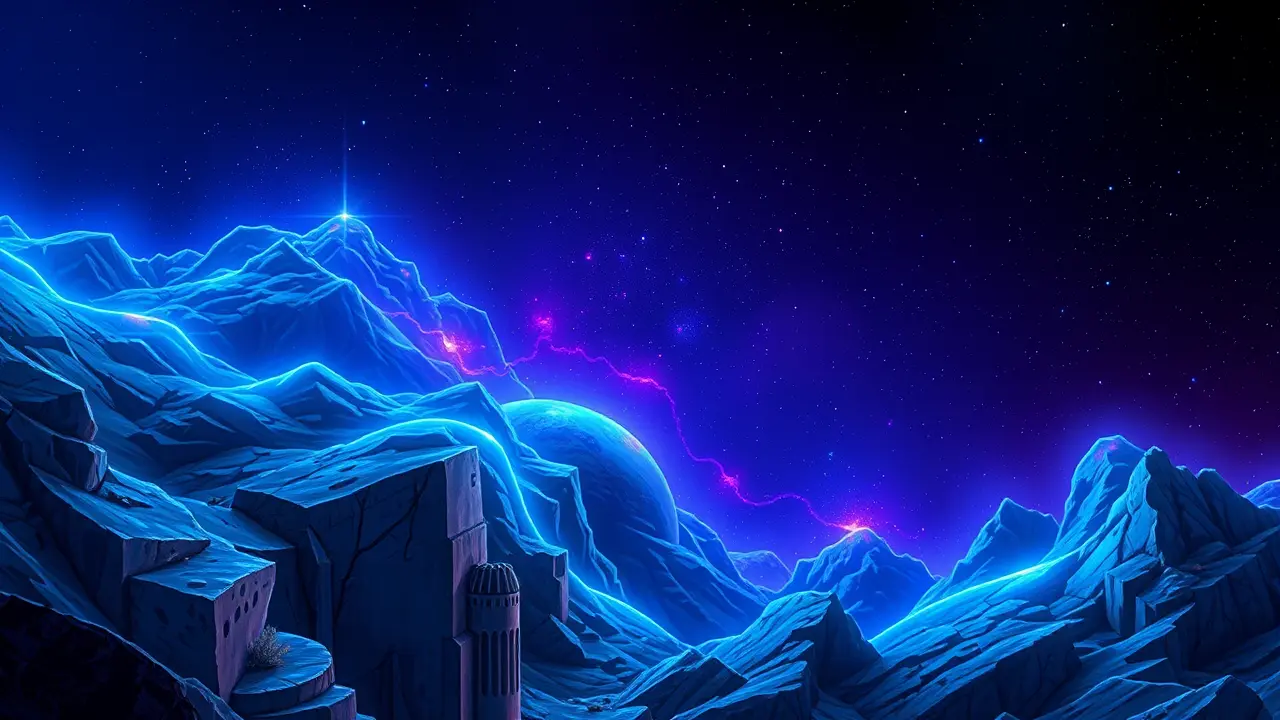MIT finds traces of a lost world deep within planet Earth
In a discovery that feels like something straight out of a planetary origin story, scientists at MIT have peeled back the geological layers of time, uncovering the chemical echoes of a lost world deep within our own. They haven't found a hidden continent or a sunken city, but something far more profound: the primordial fingerprint of Earth itself, preserved like a cosmic fossil in ancient mantle rocks.The key to this breakthrough lies in a subtle but telling imbalance in potassium isotopes, a specific geochemical signature that acts as a smoking gun for material that somehow survived the absolute chaos of our solar system's infancy. This isn't just any old rock; this is a relic from the 'proto-Earth,' the original planetary embryo that existed before the cataclysmic collision with a Mars-sized body called Theia—an impact so violent it is believed to have blasted the material that formed our Moon into orbit.The prevailing theory has long suggested that this hellish period of bombardment and accretion would have homogenized our planet's interior, melting and churning everything into a uniform blend. But this new research, published with the quiet confidence of a paradigm shift, fundamentally challenges that notion.It posits that deep beneath the tectonic plates and churning mantle convection, there are isolated, stubborn reservoirs of this original building block material that have remained untouched for over 4. 5 billion years, offering a direct, unadulterated window into the very ingredients that coalesced to form our world.Imagine it as the planetary equivalent of finding a single, pristine page from the first draft of a epic novel, a draft everyone assumed was lost forever to the fires of revision. This isn't merely an academic curiosity; it forces us to re-evaluate the entire thermal and chemical evolution of our planet.The presence of these ancient pockets suggests that parts of the mantle have been far less efficiently mixed than we thought, which has staggering implications for our understanding of everything from the formation of the first continents to the long-term dynamics of Earth's magnetic field, that invisible shield generated by the iron core that protects all life from solar radiation. It's a discovery that resonates with the same cosmic significance as the James Webb Space Telescope peering at the earliest galaxies, but it's focused inward, a journey to the center of the Earth that reveals not monsters, but our own creation myth written in stone and isotope. As we look to the stars and dream of terraforming Mars, we are reminded that we are still deciphering the fundamental, violent, and miraculous story of our own home, a story that is quite literally written in the rock beneath our feet.
It’s quiet here...Start the conversation by leaving the first comment.
